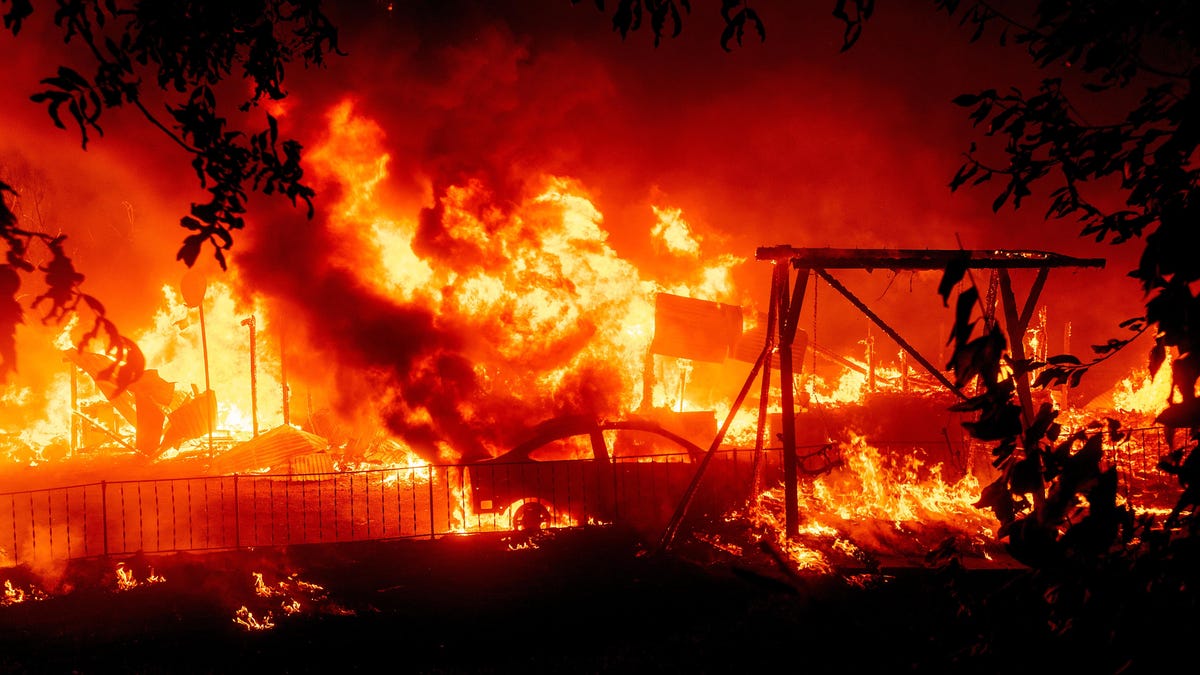- Currently Portland
- Posts
- Currently in Portland — July 3, 2023: A hot holiday ahead
Currently in Portland — July 3, 2023: A hot holiday ahead
Plus, Twitter's demise worries disaster risk managers
The weather, currently.

A hot holiday ahead
Monday's temps will reach the high-80s, but starting on Tuesday we'll be in the 90s, and there's a heat advisory starting on Tuesday at 10 am. So if you're planning barbeques or other outdoor adventures, make sure you've got plenty of shade and hydration to keep yourself and everyone else safe—and that means furry friends too. It's going to be too hot for pets to be outside and pets and kids should absolutely not be left in cars, which will become fatally hot very quickly.
Fill up the birdbaths and kiddie pools to keep all the people and animals cool, and if you're drinking to celebrate, make sure you're downing a bottle of water between alcoholic beverages (and even then, take it easy.) Also, remember these hot temps make for additional fire danger, so it's best to avoid fireworks too.
Be safe. Have fun. We'll see you in a couple days.
What you can do, currently.
The climate emergency doesn’t take the summer off. In fact — as we’ve been reporting — we’re heading into an El Niño that could challenge historical records and is already supercharging weather and climate impacts around the world.
When people understand the weather they are experiencing is caused by climate change it creates a more compelling call to action to do something about it.
If these emails mean something important to you — and more importantly, if the idea of being part of a community that’s building a weather service for the climate emergency means something important to you — please chip in just $5 a month to continue making this service possible.
Thank you!!
What you need to know, currently.
Twitter is breaking right as we're going into a big El Niño.
Over the weekend, Elon Musk instituted rate limits after a brief systemwide outage. As of Sunday evening, many Twitter users have been restricted to reading just 600 posts per day and viewers without a Twitter account are not able to read tweets at all.
All this worries Samantha Montano, a public emergency management expert and author of the book Disasterology. In a conversation with Gizmodo’s Molly Taft last fall, she explained how over the past 15+ years, Twitter has evolved into a critical resource for emergency managers around the world.
In thinking about Twitter, you have a platform where, essentially, anybody with access to the internet can create an account and share information that other people are able to see. Twitter is, in some ways, democratizing how people are able to share information in an emergency. It’s creating an opportunity for the folks who are a part of the formal response working in emergency management agencies and other responder agencies to capture information from people in all of these walks of life.
"We have not responded to any major disaster in the United States for almost two decades without Twitter and I do not want to know how a response would go without it," Montano said on social media on Saturday, after Musk’s policy change.
Twitter’s unique skill in disaster situations revolves around its near-effortless way of synthesizing first-hand information almost instantly. During the 2018 false-alarm missile alert in Hawaii, Twitter provided accurate information faster than the 38 minutes it took for the government to issue an all-clear, according to a study. There are also examples of tweets about earthquakes moving faster than the earthquake waves themselves, and therefore providing a real-time warning mechanism that can save lives. In an example from India in 2016, earthquake tweets were able to provide 4-6 minutes of warning before the shaking began in Delhi.
In fact, on Saturday afternoon, shortly after Musk instituted the new changes, a National Weather Service office in Southeast Virginia reported that they had lost access to viewing real-time damage reports during an ongoing severe weather outbreak.
Read more, in Gizmodo:

